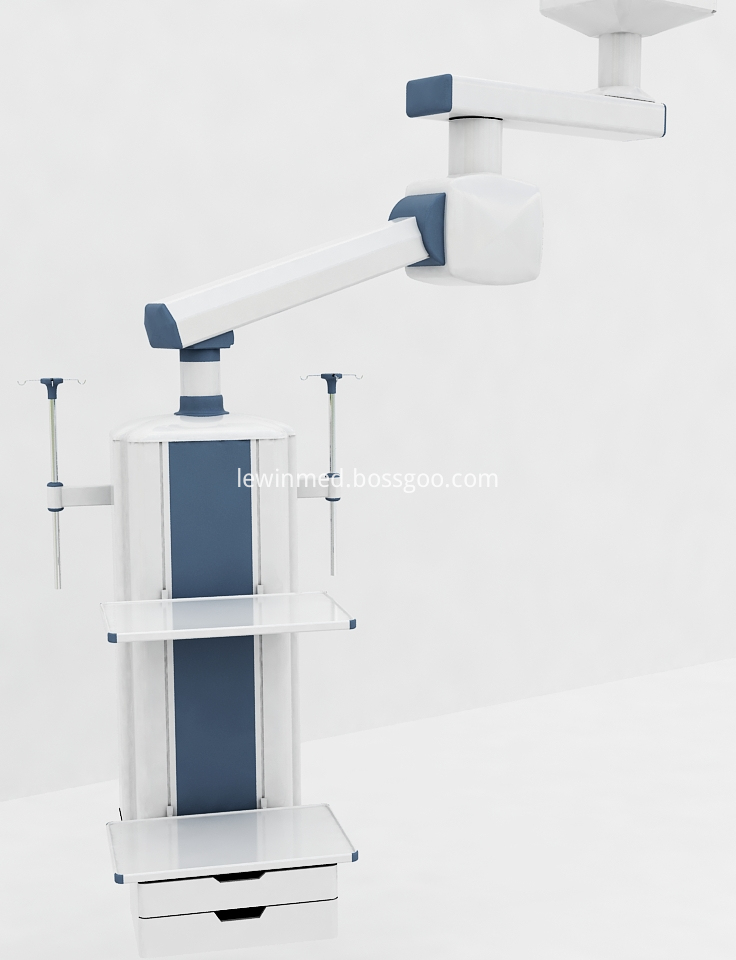1, repeated topping. The new shoots have a strong ability to grow. If they do not pick up their hearts, they can grow indefinitely until the fall. This new shoot is not very fulfilling, and it is extremely resistant to freezing and the eyes are not full. In order to prevent freezing, it is also a good harvest for the following 20 years. Simply put, when the new shoot grows to 7-8 leaves, it picks up the heart, leaving the secondary shoot, leaving 5-6 leaves to pick the heart, the secondary shoots on the secondary shoots, leaving 3-5 leaves topping, and repeatedly picking The new shoots cultured have large, thick leaves, full shoots, and well-growth branches. They not only have the ability to produce fruit for the following year, but also are extremely frost-resistant.
2, a reasonable load. Some fruit growers who have just planted grapes always think that the higher the yield, the better. This is not the case. If the grape is overloaded, it will not only reduce the quality, but will not be able to sell for a good price. It will also cause the grapes to be immature or mature, thin and empty and extremely cold-resistant. In general, brewing varieties of 1500-2500 kilograms per mu is appropriate; fresh grapes per mu of 1700-2000 kilograms is appropriate. Soil fertility, adequate water and fertilizer, can be discretionary high, and vice versa.
3, scientific fertilization. The ratio of grapes to nitrogen, phosphorus, and potassium needs to be 1:1-1.5:1.2-1.5, which is the opinion of most farmers. Some fruit growers place more emphasis on nitrogen fertilizer in fertilizers, which is a cause of poor ripening of new shoots and is prone to frost damage. In general, regardless of the seedlings planted in the year or the result park, nitrogen is mainly used in the early stage of growth, nitrogen, phosphorus, and potassium are applied in the middle stage, and phosphorus and potassium are the main components in the later stage.
4, prevention and treatment of pests. Pests and diseases seriously affect the quality of new shoots. In particular, downy mildew, which has a rapid onset in recent years and is a serious hazard, is a grape that is vulnerable to the disease and is extremely vulnerable to freezing injury. New shoots that have been pest-infested, especially those that have been harmed by hornworms, or died in the same year, are extremely hardy to die. For pests and diseases, prevention should be the main method, and comprehensive prevention and control should be carried out. In accordance with the law of occurrence of insect pests, insecticides should be properly added during the spraying of bactericidal drugs to achieve the pest prevention effect. For grape downy mildew, we must pay special attention to the fact that in summer and autumn, when the temperature is low and high humidity, the average daily temperature is about 13°C, and the air humidity is about 90%, which is most likely to occur. At this time, it can spray 1:1:180 times Bordeaux. Liquid, or spray 80% aluminum diphosphonate 500 times, or spray 78% of Cobo 600 times. If this disease has already occurred, spray 78% Kebo 600-800 times fluid plus 80% diphospho-aluminium 500-600 times fluid.
5, pouring good water before winter. This is a key antifreeze water. Before the land was overwintering, it was combined with ditching basal fertiliser and pouring water. Allow the soil to loosen and then till the soil.
6, cold-resistant exercise. Grapes can only tolerate low temperatures above 0°C during shoot growth and branch shoots during dormancy. Northeast Mountain Grape is able to withstand -40°C, Eurasian species -18-20°C, and European and American hybrids -20-22°C. During this time, the grape plants themselves have a series of physiological changes. This change is to enhance the low temperature and resistance. Freezing capacity. This series of changes took place before and after falling leaves. Therefore, before and after the grape enters the dormancy period, it is necessary to allow it to exercise naturally.
7, buried cold soil. In cold climate areas, it is necessary to bury cold soil. The best season is about 10 days before the land is frozen. After the grape has a certain amount of cold, it is carried out. The thickness of buried soil is appropriate to the depth of the local permafrost. In the spring of the second year, when frost does not occur again in the weather, go to the cold. If the soil is too early, it is easy to freeze and shoot buds when the cold current occurs. After the grapes sprout in the soil, the soil will not be hindered.
Lewin double arms medical pendants surgeon's pendant will support all medical equipment such as monitors,camera,power tools and video and etc,can position all the equipment conveniently adjacent to the surgical site. Medical pendants provide medical gas,electrical and data services.For the pendants, customer can customize arm length.All kinds of terminal such as medical gas, electricity and network are gathered on the control board. Some medical machines of certain weight can be placed in the board and drawer.

Double Arm Electric Surgical Pendant
Double Arm Electric Surgical Pendant,Electric Anesthesia Pendant,Electric Hospital Pendant,Electric Medical Gas Pendant
Shandong Lewin Medical Equipment Co., Ltd. , https://www.operatinglight.nl
